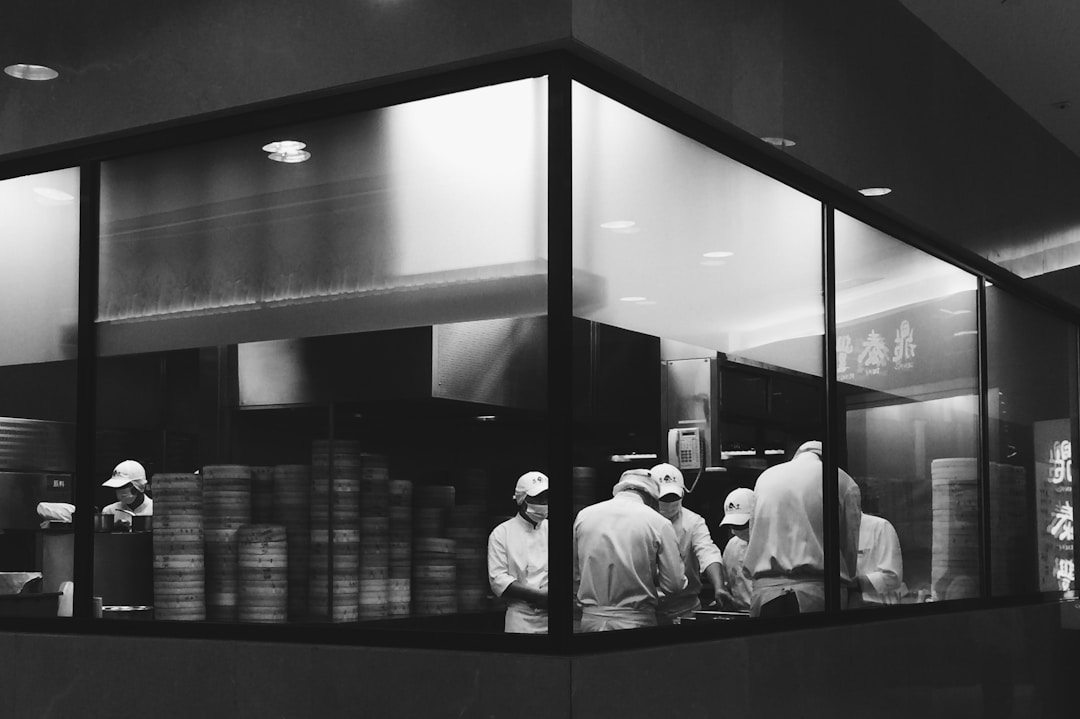Evaporators play an integral role in many industrial processes, including distillation, solvent recovery, and concentration of solutions, just to name a few. The selection of an evaporator can influence the efficiency and costs of these processes, as well as the quality of the final product. In this article, we will delve into the different types of evaporators, how they function, and the unique benefits they bring to industrial applications. Keep reading to learn more.
Understanding the Basic Types of Evaporators

The term evaporator broadly refers to a device that converts a liquid into a gas through the process of evaporation. There are several basic types of evaporators, including natural circulation evaporators, falling film evaporators, flash evaporators, and forced circulation evaporators. Natural circulation evaporators rely on the natural circulation of the liquid within a heated vessel to promote evaporation. They are simple, inexpensive, and well-suited to heat-sensitive materials. Falling film evaporators, on the other hand, employ a thin film of liquid that cascades down a heated tube, promoting rapid evaporation.
This design allows for a higher heat transfer coefficient, making this type of evaporator ideal for applications requiring a high degree of concentration. Flash evaporators, meanwhile, function by reducing the pressure within a liquid to induce a partial vaporization or “flash.” Forced circulation evaporators pump the liquid through a heated tube to maintain a high velocity and prevent the formation of solids on the tube wall. These are often used in the production of high-viscosity solutions and slurries.
Whenever shopping for evaporators, consider opting for a used or pre-owned model. From cost savings to energy efficiency, businesses can improve their operational efficiency, reduce their environmental impact, and enhance their bottom line by making a smart choice to invest in pre-owned refrigeration equipment. This can, in turn, attract new customers, who are increasingly interested in eco-friendly businesses.
The Benefits of Natural Circulation Evaporators
Natural circulation evaporators are probably the simplest in design among all types of evaporators. However, their simplicity does not compromise their effectiveness. This type of evaporator provides excellent heat transfer, and because there are no moving parts, it requires minimal maintenance. In addition, natural circulation evaporators can operate at relatively low temperatures, making them suitable for heat-sensitive substances. These characteristics make natural circulation evaporators a solid choice for many low to medium-concentration applications.
Another advantage of natural circulation evaporators is that they reduce the need for mechanical support due to their simple construction design. The cost of maintenance and operation is also reduced, making it an economical choice for many businesses. Furthermore, their compact size enables easier installation, and they can be easily integrated into existing systems without much hassle.
Advantages of Falling Film Evaporators

Falling film evaporators provide several distinct advantages for certain applications. In these evaporators, the process fluid is spread as a thin film across the heat transfer surface, allowing for short residence time and high heat transfer efficiency. This makes falling film evaporators an optimal choice for temperature-sensitive products, as it minimizes thermal degradation. It’s also excellent for products that require gentle evaporation at low operating pressures.
Falling film evaporators also maintain a high degree of product quality. The short residence time ensures that the product is exposed to heat only for a minimal period, substantially reducing the chance of heat-induced changes in the product’s properties. This feature is particularly important in industries such as food and beverages, and pharmaceuticals, where the preservation of product quality is paramount.
Flash Evaporators and Their Unique Attributes

Flash evaporators offer a different approach to evaporation processes. They operate by lowering the pressure of a liquid to induce a rapid partial vaporization. This method offers many advantages, particularly in situations where bulk evaporation is required. The process is typically fast, making flash evaporators an excellent choice for applications like desalination or bulk solvent removal. One of the advantages of flash evaporators is their capability to handle large fluid volumes. Whether it’s water treatment in large-scale industrial setups or effluent management, flash evaporators demonstrate impressive adaptability and efficiency.
By rapidly evaporating a percentage of the incoming feed, flash evaporators can achieve high concentrations in a single step, saving time and energy. Despite their obvious advantages, flash evaporators also come with their fair share of drawbacks. They are generally less efficient than other types of evaporators and may require more energy to achieve desired results. Nevertheless, for large-scale operations, the benefits usually outweigh the disadvantages. No matter what evaporator you choose, food safety should always be at the forefront of your food processing operation.
As you can see, the selection of the right type of evaporator significantly impacts the efficiency and costs of industrial processes. Understanding their functionality, benefits, and drawbacks can provide businesses with the knowledge to make the best technological and economic choices. Overall, this article aims to offer insights into the essential types of evaporators and their unique benefits catering to the varied needs of the industry.

